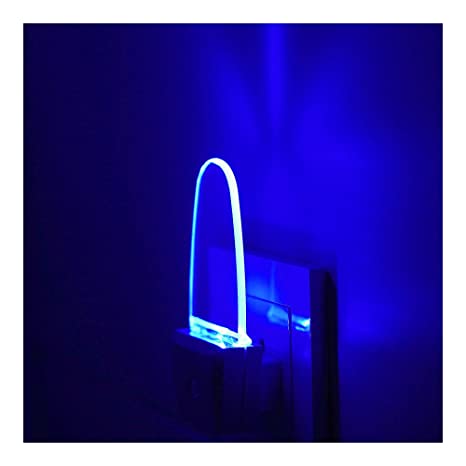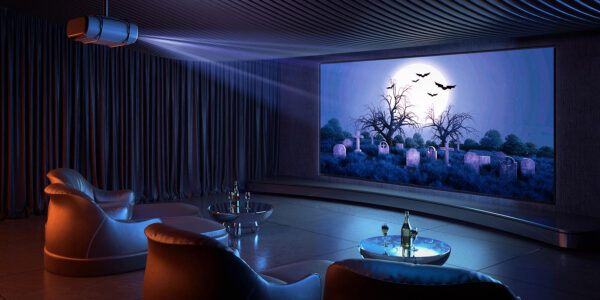In just over fifty years, LED lighting has progressed from limited use by benchtop hobbyists who used tiny red LED bulbs as signal indicators in electronics projects, to a household presence in video screens and lighting fixtures. Advances in the field over this period have positioned the Story of LED Lighting as the predominant technology for current and future illumination needs.
Nick Holonyak, an engineer employed by General Electric, is credited with developing the first LED. Holonyak’s development came more than fifty years after British scientists first discovered the electroluminescence effect, in which certain materials emit light when exposed to electrical fields or currents. These first LED’s that emitted light in the visible spectrum were limited to dim, red colors, but they led quickly to the development of brighter reds and light in other color spectra.
The History and Development of LED Lighting
Light Emitting Diodes (LEDs) have transformed the world of lighting, providing a highly efficient and durable alternative to traditional incandescent and fluorescent lights. But the journey to this point has been a long one, marked by significant milestones and innovative breakthroughs. Let’s take a trip down memory lane to explore the story of LED lighting.
Early Experiments and Discoveries
LEDs trace their roots back to the early 20th century. In 1907, British scientist Henry Joseph Round discovered that inorganic materials could emit light when an electrical current was applied. However, it wasn’t until the 1920s that Oleg Vladimirovich Losev, a Russian scientist, published detailed research on this phenomenon, now known as electroluminescence.
The Birth of the First LED
Despite these early discoveries, the first practical LED did not come to fruition until the 1960s. In 1962, Nick Holonyak Jr., an engineer at General Electric, invented the first visible-spectrum LED. It emitted red light. Holonyak’s invention was groundbreaking, marking the first time that visible light had been emitted from a solid-state electronic device.
Expanding the Color Spectrum
The red LED was a major breakthrough, but more colors were needed for LEDs to become truly versatile. The subsequent decade saw the development of different colored LEDs, starting with green and yellow. However, the holy grail, the blue LED, proved elusive due to the lack of suitable semi-conductor materials.
The quest for the blue LED was finally successful in the early 1990s, thanks to the efforts of Shuji Nakamura, a Japanese scientist. Nakamura’s blue LED was the missing piece in the puzzle, as combining blue, red, and green light allows for the creation of white light. For their contribution to the development of blue LEDs, Nakamura, together with Isamu Akasaki and Hiroshi Amano, were awarded the Nobel Prize in Physics in 2014.
The Rise of White LED Light
The first white LEDs were created by coating blue LEDs with a phosphor that absorbed a portion of the blue light and emitted yellow light. The combination of the remaining blue light and yellow light gave the appearance of white.
In 1995, Lumileds introduced the first high-brightness blue LED, which was quickly followed by the first high-brightness white LED in 1996. The company also introduced power LEDs, capable of driving much higher currents and producing much more light output than previous LED technologies.
LEDs Today and Beyond
Today, LED lighting is omnipresent, illuminating homes, offices, streets, and even our screens. They have become increasingly efficient, with high-end LEDs reaching a luminous efficacy of over 200 lumens per watt, far surpassing traditional lighting solutions.
The development of LEDs is an ongoing process. Scientists and engineers continue to push the boundaries, working on ways to improve the efficiency, color rendering, and longevity of LED lights. Areas of focus include the development of quantum dot LEDs, organic LEDs (OLEDs), and flexible LEDs.
In a little over a century, LEDs have transformed from a scientific curiosity to an essential part of our daily lives. They are a shining example of how persistent research and innovation can revolutionize technology and the world as we know it.
LED Goes Commercial
The first commercial applications of LED lighting came in the mid-1970s, when LED displays were incorporated into calculators and wristwatches. The LED lights used in these products were power-hungry, which limited the lifespans of the batteries in those products. They were also expensive. First-generation LED wristwatches were sold for more than $2,000, and the least expensive calculators sold for $400. These prices dropped rapidly as manufacturing ramped up to meet demand and more products with LED displays became available.
A precursor to the omnipresent flat-panel video display screens that are available everywhere today was first developed in 1977. The late 1970s also saw the development of the first organic LEDs (“OLEDs”), which were pioneered by Kodak. OLED’s include a blend of an organic substance (i.e. a material that includes carbon) with traditional semiconductor materials. OLED’s are now enabling manufacturers to make ultra-thin and flexible video display screens.
The Story of LED Lighting has also played a role in advancing desktop computer technology. In 1999, Microsoft unveiled the first optical mouse with LED tracking technology. LED computer mice have almost fully supplanted mechanical computer mice that relied on a trackball, which had a tendency to become dirt-clogged and unresponsive with age.
Although LED display screens were first developed in the late 1970s, they did not achieve commercial saturation until the early 2000s, when prices dropped and manufacturing improved to produce reliable and effective screens for video displays. The quality and contrast available on those screens reflected the engineering and development efforts that were devoted to LED improvements over a thirty-year period.







